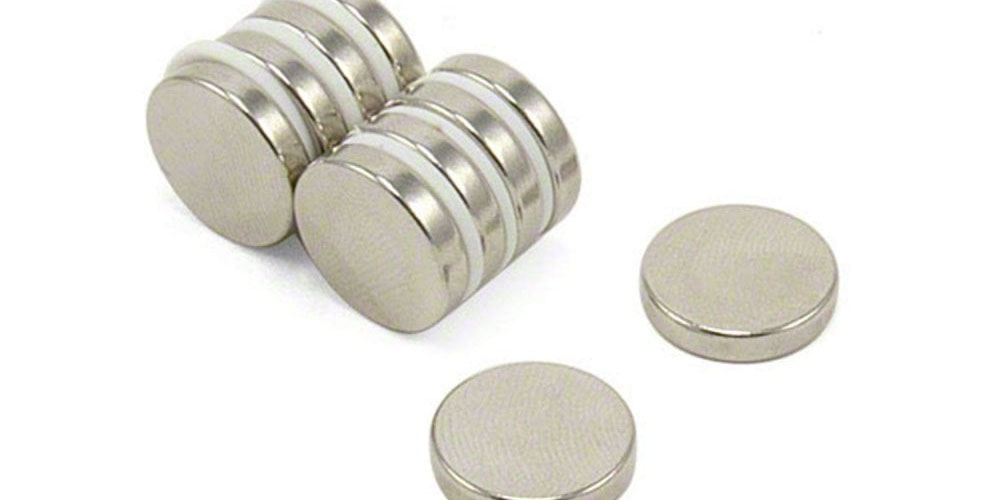The market features a wide range of magnets. The magnets can be categorized into two primary categories. These are permanent and temporary magnets. Permanent magnets are those that retain their magnetism after they are magnetized. On the other hand, temporary magnets only perform when they are in the presence of a magnetic field. The magnets can also be categorized further based on their materials. In this category, neodymium magnets are quite popular. For this reason, numerous wholesale neodymium magnet manufacturers are available on the market. This post looks into neodymium magnet basics.
What is a neodymium magnet?
Neodymium magnets are a type of rare-earth magnet. Rare-earth magnets are usually made from elements that are classified in the periodic table of elements. They are made from a combination of neodymium, iron, boron, and other transition metals. These elements are melted together and milled to form a powder that is later dry-pressed to shape. The shaping process happens in the presence of a magnetic field. Once the magnet is shaped, the materials are sintered and ground until they achieve the desired dimensions. Finally, the product is magnetized and tested. The testing is done to ensure that the magnet functions as it is supposed to.
Features of neodymium magnets
Below are some of the primary features of neodymium magnets;
1. Magnetizing and handling
One of the best features of neodymium magnets is that they feature very strong magnetization elements. Naturally, the magnets are very brittle. However, they are very strong magnetically. This means that you must be very keen and careful when handling these magnets. Improper handling could result in personal injury and some cases, damage to the magnets, for instance. Your fingers may get pinched between the magnets.
2. Manufacturing
It is worth mentioning that neodymium magnets are prone to chipping and cracking. For this reason, these magnets may not do well with conventional machining techniques. Instead, neodymium magnets can be made by being abrasively ground then plated. However, it would still require the use of a lot of coolants to minimize heat fracturing. The coolants can also help prevent fires as the oxidized grinding dust may cause fire outbreaks.
3. Tolerance
These magnets feature impressive tolerance. This is because of the thickness of the rare-earth metals used to make the magnets.
4. Applications
These magnets feature a wide range of applications. For instance, neodymium magnets can be applied as;
- Magnetic separators
- Linear actuators
- Computer rigid disc drives
- Drivers for printers and speakers
- Microphone assemblies
- Motors for servos
- Automotive starters
Other impressive characteristics of neodymium magnets are:
- They feature impressive resistance to demagnetization
- They are normally small but have high energy
- They work great in ambient temperatures
- They are not expensive
- They feature low working temperatures. This makes the magnets unsuitable for heat applications
Final word
It is worth mentioning that neodymium magnets are highly prone to corrosion. For this reason, the best manufacturers coat and plate the magnets to allow for long time application and corrosion prevention. The coats also allow for long-term and maximum energy output.
